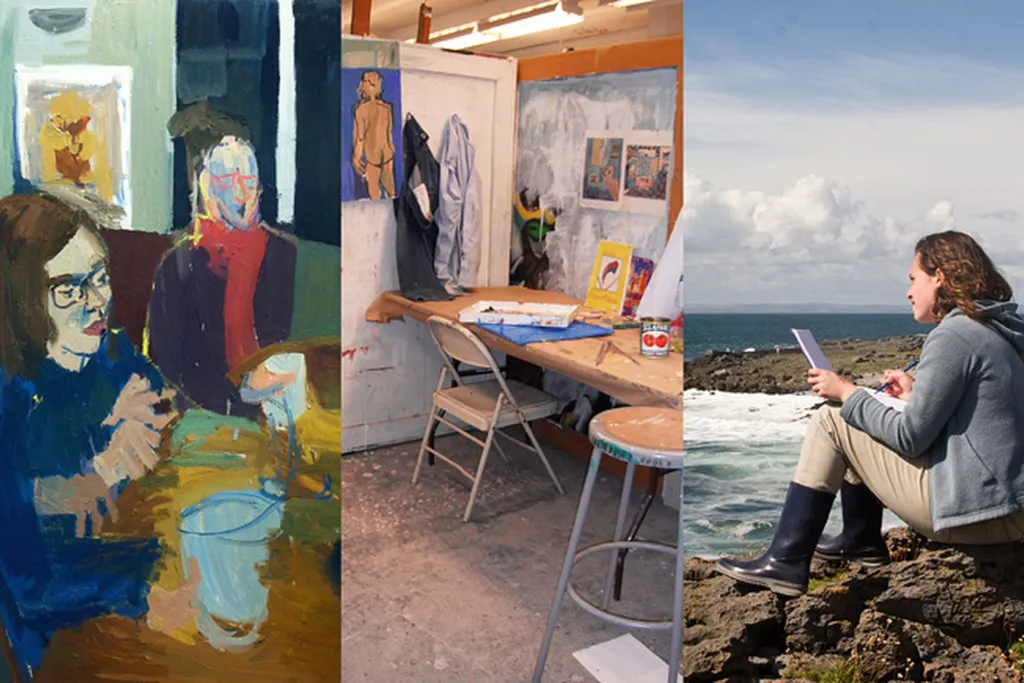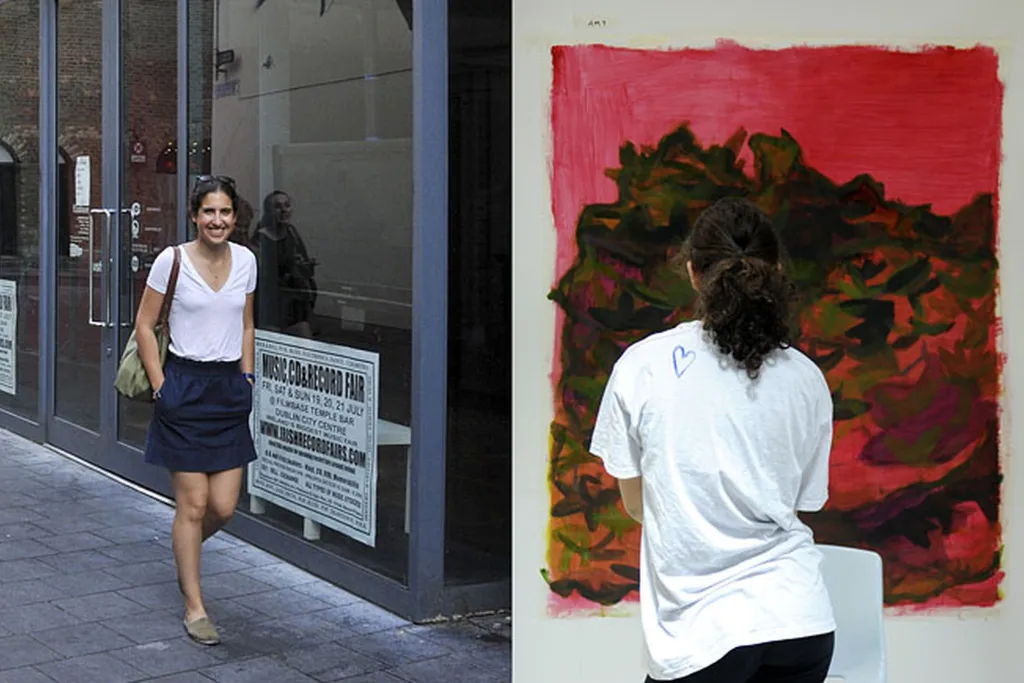Manya Fox

Manya is a photographer living in Los Angeles, California and currently works as Visitor Services Director at Hollyhock House, a historic home built by Frank Loyd Wright in 1922. She was a visiting artist to our Summer Art Program; Art on the Farm in 2010 where she taught photography in the darkroom and made a wonderful body of work. Manya received her Bachelors Degree from Bard College in 2008 and her MFA from UCLA School of Art in 2008.
CHS: You currently work at Frank Loyd Wright’s Hollyhock House in Los Angeles. As someone involved with the restoration and re-opening of this important landmark I imagine you have learned a great deal about his practice, the preservation of his works and educating the public on Wright’s iconic contributions to American architecture. How do you think this experience has directed you professionally? Were curation, history and education interests of yours prior to this experience? Are they fields you are compelled to explore further?
MF: I have the privilege of working at Hollyhock House, a Frank Lloyd Wright historic house museum in Los Angeles, California. Hollyhock House is at an exciting moment in its history, having recently reopened to the public after being closed for four years of restoration. This has given Hollyhock House and its staff the unique opportunity to start fresh; new docents, new visitor experiences, new ways of engaging with the public. As the Visitor Services Director at Hollyhock House, I question the paradigm of how to run a historic house museum successfully. Experimenting with how best to train docents and organize volunteers has broadened my ideas about creatively engaging in the world outside of a traditional art practice. I also create the programming for the ongoing education for our volunteer docents. Our training program is relatively short, so my goal is to expose our volunteers to other historic houses, museums, books, lectures etc. in order to better contextualize their experience at Hollyhock House. This is really fun for me because I get to learn about Frank Lloyd Wright, Los Angeles history and architecture on the job. All subjects that greatly interest me. Having this job has made me realize that working at a museum can be an interesting way to be creative and make a positive difference in volunteers and guests experience.
CHS: Prior to your arrival in Ireland, you photographed extensively throughout the US. What were the challenges you faced trying to make a body of work in a new country? Was it necessary to adapt or modify your approach? Did being around Rosie and her family impact the way you took in your surroundings?
MF: Photographs that encompass the American experience have always interested me. And the tension between the natural and the artificial in a landscape is something I am consistently drawn to. What was interesting about photographing in Ireland was that ancient quality in the landscape, and the human footprint on top of that history. A big challenge for me was photographing without access to a car, but I also feel like it made for a worthwhile challenge. I loved having access to a black and white darkroom and I also experimented with some water color painting which Julie O’Rourke and Rosie O’Gorman helped me with. The O’Gorman family was extremely welcoming and generous to me. I took some of my favorite pictures in Ireland in Michael and Mary’s house. Living on their property and getting to see how a multi-generational family farm is run was an incredibly unique and special experience.
CHS: You travelled extensively through India a few years ago and created a series of photographs. How did you navigate your time there? What did you set out looking for? What do you think you found in the resulting images?
MF: I went to India in 2013 for three months to study yoga in Mysore. I practiced yoga very early in the morning and then had the rest of the day free. I used that time to explore Mysore with my camera and shoot in the afternoon. I felt safe navigating the city by myself, so I ended up wandering around a lot. I was fascinated by the architecture and colors of India. I didn’t want to create a body of work that looked like “travel photography”, so I made a concentrated effort to seek out things that were more subtle. Obviously the works reflects my time there, but hopefully in a more personal way.
CHS: Do you have any personal photography projects currently in development? Has working at Hollyhock House, and developing a greater awareness of architecture affected your current practice?
MF: I have been working on a book project for a couple of years now. It’s a book about different categorizations in the landscape and also personal categorizations. Vague, I know, but the book is taking shape and I’m excited to see it come together. I would like to make a small edition and self publish it. I have been photographing facades and have been attracted to architectural photography for a long time. Hollyhock House has made me more aware of the varied architectural styles in Los Angeles, so I’m sure working there has influenced me visually, but its not directly related to this book project.
CHS: What are your most vivid memories from your time here in Ireland? Have your experiences here continued to inform your personal and/or professional life?
MF: The time I spent at Cow House Studios was incredibly meaningful to me. Having the opportunity to help teach and further my own artistic practice in a magical setting was a special experience. I also got to see a lot of Ireland which was so interesting and visually stimulating. The relationships I formed with the directors, Frank Abruzzese and Rosie O’Gorman, and my fellow visiting artist, Julie O’Rourke have been lasting friendships. Growing your creative community, both near and far is such an important part of being an artist and I deeply value the those connections. It was also inspiring to see Frank and Rosie create a rigorous art program for high school students on Rosie’s family’s farm. Cow House Studios is truly a labor of love and a family affair. Using their land in a new and innovative way seemed like the perfect way to honor the past and while creating something sustainable for the future.


